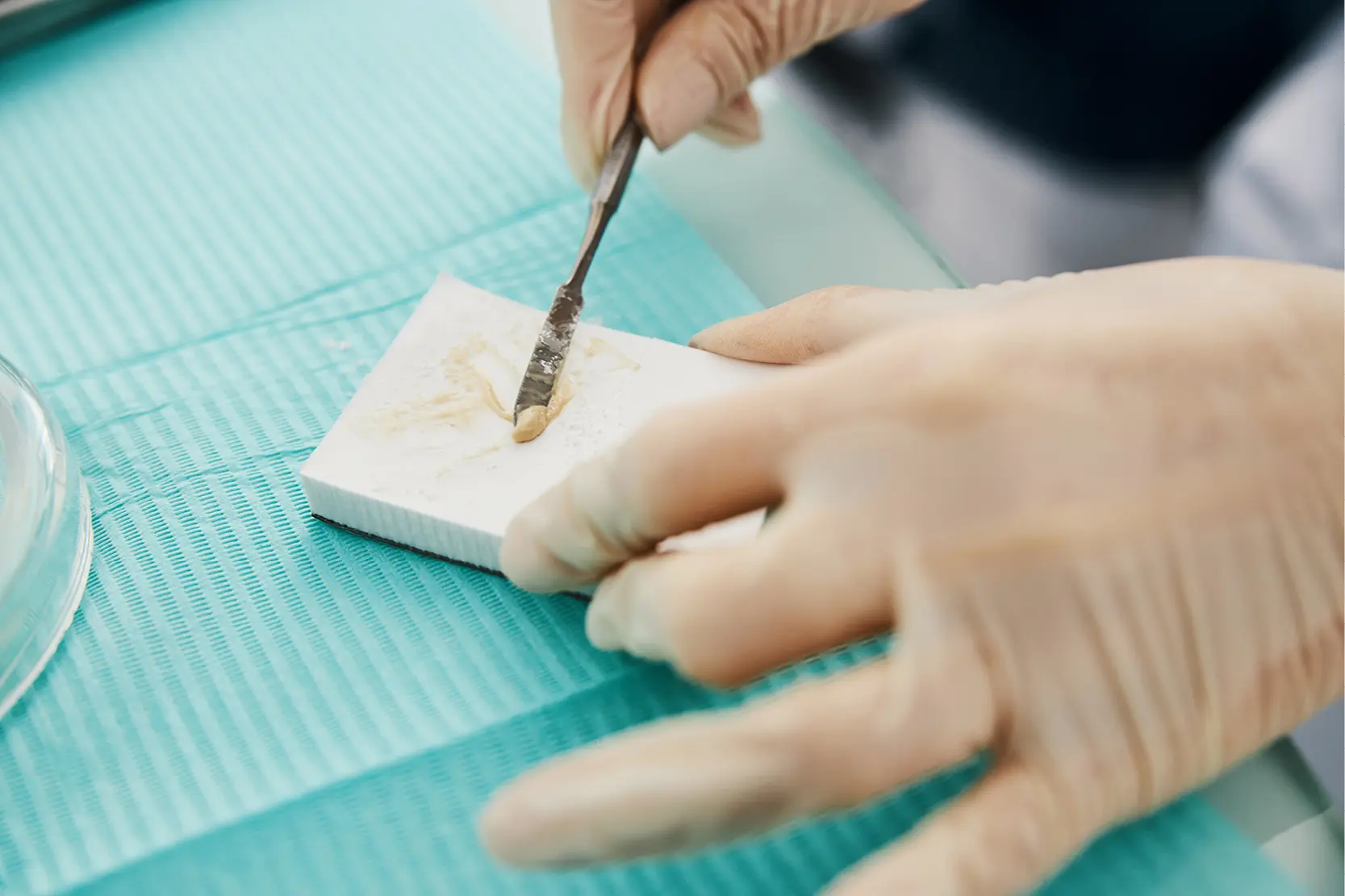
Dental cements for dentures are materials that react intraorally and are commonly used to cement a prosthesis to one or more dental elements/implant abutments (1).
The role of the cement is to create a single and continuous layer of material which fixes the prosthesis to the dental/implant abutment, fill microcracks and irregularities present on both surfaces and also prevent any bacterial infiltration of the interface (2).
This way, the cement will be able to create a mechanical retention between the two entities, which will oppose all those vertical, horizontal and shear stresses generated during the functional activities of the oral cavity (3,4).
Furthermore, some cements have the ability to create a chemical bond both with the dental tissue and with some prosthetic materials, which increases the retention of the prosthesis to the abutment (5).
However, the adhesive property and the strength of the micromechanical bond that a cement forms with the element on which it is placed and the prosthesis depend on the chemical composition and mechanical properties of the cement itself, as well as on its thickness (6,7).
Ideal characteristics of cements for dental use
To be considered “ideal”, cements for dental use should have other characteristics (8). Let’s see them in detail.
Biocompatibility and non-toxicity
As they come into contact with dental elements, as well as with periodontal and peri-implant soft gingival tissues, it is essential that the cements are biocompatible.
In addition, considering the ever-increasing tendency of vital prosthetic abutments, the non-toxic treatment of the dental pulp and the ability to isolate the abutment are equally crucial from a prognostic point of view.
Low solubility and water absorption
Low solubility in oral fluids is extremely important for the survival of a fixed restoration, as the lack of cement at the prosthetic margin could result in bacterial infiltration at the tooth-restoration interface, resulting in secondary decay of the abutment, one of the main causes of prosthetic failure in fixed prostheses (9).
Furthermore, a low absorption of water by the cement is a relevant characteristic since the dimensional stability of the film could be affected and, with it, also its mechanical characteristics (7).
Low viscosity
This characteristic is useful to form a film with a maximum thickness of 25 µm between the prosthesis and the abutment, as per the ADA specifications (10).
Moreover, literature cases have repeatedly demonstrated that, at these thicknesses, the cements have higher mechanical properties, the risk of marginal infiltration is lower and fixed prosthesis restorations can be applied on the abutments with a high level of marginal precision (2,7,11).
Thermal, chemical and electrical insulating power
Despite the fact that there is no cement that conserves its properties unchanged over time as it ages, the insulating power is necessary in order to adequately protect the dental element on which it is placed (12).
Cavity resistance
It would be good if a cement was able not only to resist bacterial attacks without dissolving, but also to resist and possibly stop any infiltration.
During the life of a prosthesis, it is possible for bacterial plaque to accumulate at the tooth-restoration margin. If not removed, the plaque can cause a secondary cavity lesion on the abutment, which, as already mentioned, is one of the most common prosthetic failures (9).
Radiopacity
This feature turns out to be very useful for radiographically verifying the absence or presence of excess cement at the marginal level (13).
It should be remarked that dental preparations sometimes have a subgingival margin; consequently, it becomes difficult, if not impossible, to clinically verify the total removal of excess cement after the cementation procedure.
This problem is important for the health of the prosthetic dental elements, but also, and above all, for the implant elements.
In the latter case, the presence of cement (especially resin-based) in the space of the peri-implant soft tissues is extremely dangerous for the prognosis of the implants (14,15).
Adequate setting time
Similarly to impression materials, even cements have their own working time and a setting time (8).
Technically, the first phase, in which the cement is mixed and placed on the internal surface of the prosthesis, corresponds to the working time. This is the time in which the cement is allowed to react or activate, binding to the tooth and/or developing its mechanical properties.
The setting time, however, corresponds to the hardening time of the cement.
Clearly, when the prosthesis is applied in the oral cavity, the cement must not have exceeded the “working time” and it must not have yet developed its mechanical properties, under the risk of repeating the cementation procedure.
In fact, a cement with already developed mechanical properties could interfere with the correct positioning of the prosthesis and distribute itself unevenly on the abutment (16).
Colour stability
It may happen that, with time and ageing, the cement absorbs pigments from the oral environment or from the abutment on which it is placed.
In this way, the colour variations could affect the aesthetic result initially obtained, especially with regard to translucent restorations, such as glass ceramics (17)
High compressive and tensile strength
This property is useful for cement to resist chewing loads and to the dislocating forces acting on the prosthesis (8).
Dental cement: advice for an informed choice
Given the aforementioned properties, choosing a cement suited to the specific clinical case is not easy for the dentist, since many cements available on the market are also very similar to each other.
In addition to what has already been said, the clinician must adequately know:
- the different categories of cements on the market;
- the physical and biological properties of the different cements;
- the workability characteristics of individual cements, such as working time, setting time, consistency and ease of removal of excess material.
References
- Simionato F. Tecnologie dei materiali dentali. 1.2, 1.2,. Padova: Piccin; 1985.
- Shillinburg HT, et al. Fundamentals of fixed prosthodontics. Quintessence Publishing Company, 1997.
- Garg P, Pujari M, Prithviraj DR, Khare S. Retentiveness of Various Luting Agents Used With Implant-Supported Prosthesis: An In Vitro Study. Journal of Oral Implantology. 2014 Dec 1;40(6):649–54.
- Catapano S, Ortensi L, Mobilio N, Grande F. The New Elderly Patient: A Necessary Upgrade. Prosthesis. 2021 Mar;3(1):99–104.
- Mobilio N, Fasiol A, Mollica F, Catapano S. Effect of Different Luting Agents on the Retention of Lithium Disilicate Ceramic Crowns. Materials. 2015 Apr 7;8(4):1604–11.
- Sakaguchi R, Ferracane J, Powers J, editors. Chapter 13 – Materials for Adhesion and Luting. In: Craig’s Restorative Dental Materials (Fourteenth Edition) [Internet]. Philadelphia: Elsevier; 2019 [cited 2024 Jan 13]. p. 273–94. Available from: https://www.sciencedirect.com/science/article/pii/B9780323478212000135
- Grande F, Carossa M, Balma A, Scotti N, Mussano F, Catapano S. Influence of Thickness and Thermocycling on Tensile Strength of Two Resin-Based Cements Used for Overdenture Bar-Type Attachments: An In Vitro Study. IJP [Internet]. 2023 Sep 20 [cited 2023 Oct 21]; Available from: https://www.quintessence-publishing.com/usa/en/article/4423171/the-international-journal-of-prosthodontics/preprint/influence-of-thickness-and-thermocycling-on-tensile-strength-of-two-resin-based-cements-used-for-overdenture-bar-type-attachments-an-in-vitro-study
- Breschi L, et al. Materiali e tecnologie odontostomatologiche. (2011): 95-117.
- Shtewi S, Alhouri N, Kanout S. A Survey to Assess The Failure in Crowns and Fixed Partial Dentures: An In Vivo Study. Int J Prosthodont. 2023 Jun 5;
- New American Dental Association Specification No. 21 adopted. Council on Dental Materials and Devices. Journal of the American Dental Association (1939) [Internet]. 1969 Mar [cited 2024 Jan 14];78(3). Available from: https://pubmed.ncbi.nlm.nih.gov/5249929/
- Rosenstiel, S.F., Land, M.F., Fujimoto, J. (2006a). Contemporary fixed prosthodontics 4thEdn. St Louis: Mosby, pp. 435.
- Szczesio-Wlodarczyk A, Sokolowski J, Kleczewska J, Bociong K. Ageing of Dental Composites Based on Methacrylate Resins-A Critical Review of the Causes and Method of Assessment. Polymers (Basel). 2020 Apr 10;12(4):882.
- Matsumura H, Sueyoshi M, Tanaka T, Atsuta M. Radiopacity of dental cements. Am J Dent. 1993 Feb;6(1):43–5.
- Hanif A, Qureshi S, Sheikh Z, Rashid H. Complications in implant dentistry. European Journal of Dentistry. 2017 Mar;11(1):135–40.
- Almehmadi N, Kutkut A, Al-Sabbagh M. What is the Best Available Luting Agent for Implant Prosthesis? Dent Clin North Am. 2019 Jul;63(3):531–45.
- Anusavice KJ, Shen C, Rawls HR. Phillips’ science of dental materials. 12th edition. Elsevier Health Sciences; 2012. 492–494 p.
- Comba A, Paolone G, Baldi A, Vichi A, Goracci C, Bertozzi G, et al. Effects of Substrate and Cement Shade on the Translucency and Color of CAD/CAM Lithium-Disilicate and Zirconia Ceramic Materials. Polymers (Basel). 2022 Apr 27;14(9):1778.
Would you like more information about Zhermack Dental products and solutions?
Contact us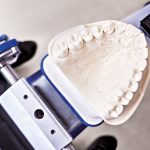
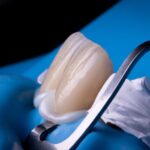
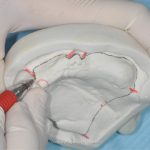
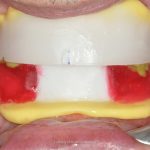

 Zhermack SpA has been one of the most important producers and international distributors of alginates, gypsums and silicone compounds for the dental sector for over 40 years. It has also developed solutions for the industrial and wellbeing sectors.
Zhermack SpA - Via Bovazecchino, 100 - 45021 Badia Polesine (RO), Italy.
Zhermack SpA has been one of the most important producers and international distributors of alginates, gypsums and silicone compounds for the dental sector for over 40 years. It has also developed solutions for the industrial and wellbeing sectors.
Zhermack SpA - Via Bovazecchino, 100 - 45021 Badia Polesine (RO), Italy.


